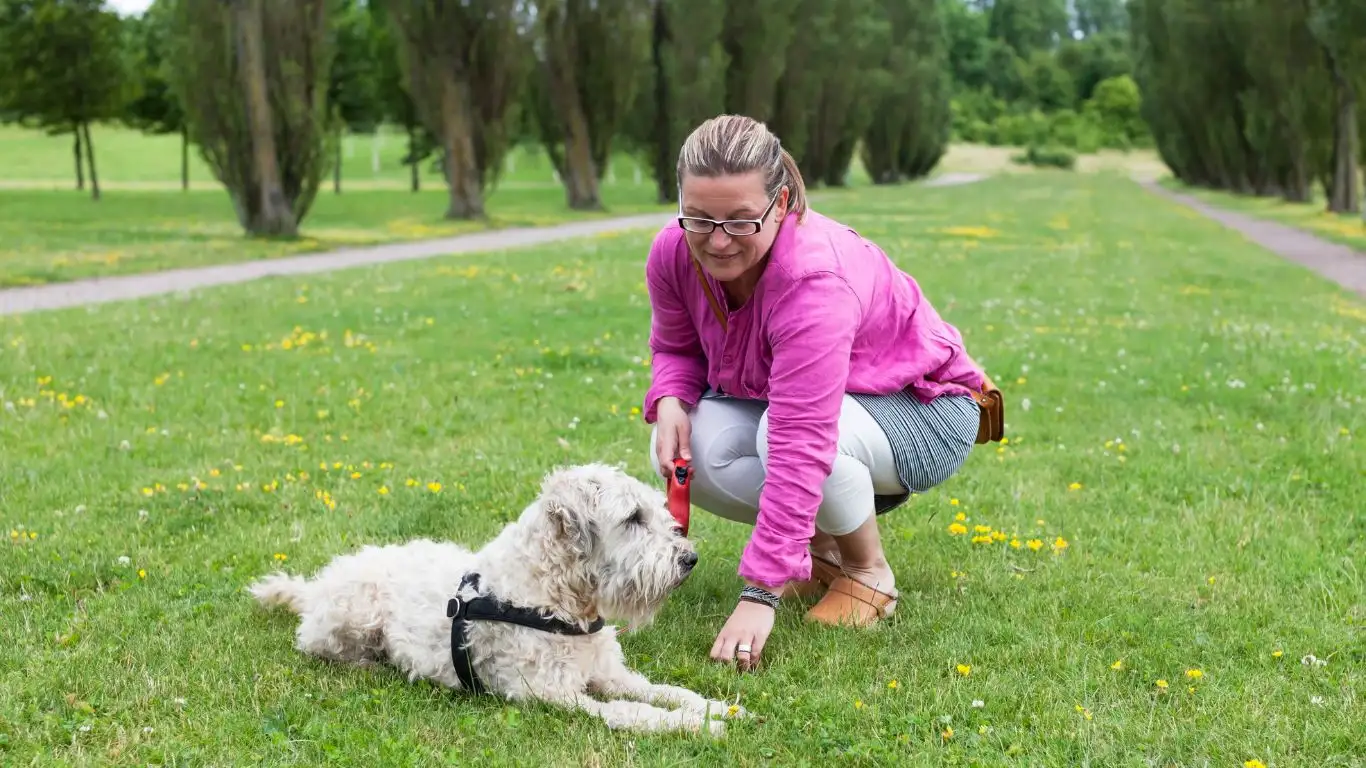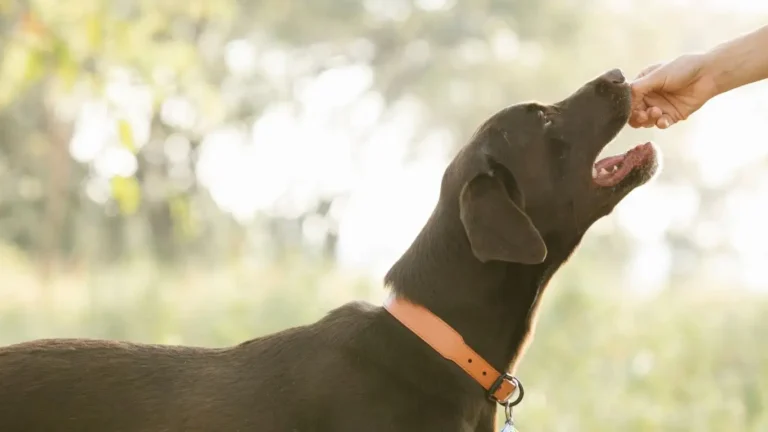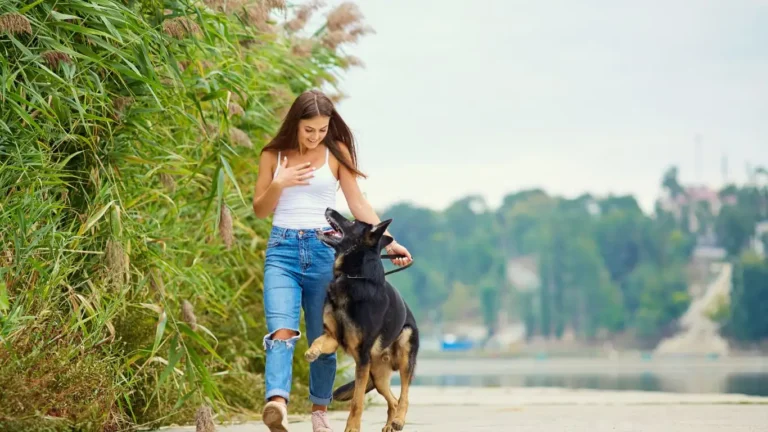How to Train a Dog to Tolerate Wearing a Costume Like a Pro
If you’ve ever wondered how to train a dog to tolerate wearing a costume, you’re not alone. As a Canine-Assisted Therapy Trainer, I’ve worked with countless dogs, each with their own personality and quirks. Dressing up dogs can be a fun and adorable way to celebrate holidays or special events, but for many dogs, the thought of wearing something unfamiliar can be unsettling. Luckily, with the right training techniques, you can help your dog become comfortable in costumes, and even enjoy the experience. Let’s dive into how to make this process as smooth as possible for both you and your furry friend.
Understanding Why Some Dogs Dislike Costumes
Before diving into the training process, it’s important to understand why some dogs react negatively to wearing costumes. While it might seem like a simple matter of getting them used to the idea, the reality is that dogs are creatures of habit, and the introduction of something new—especially something that alters their normal appearance or behavior—can cause stress or discomfort.
From my experience as a therapy trainer, I’ve seen how sensitive dogs can be to changes in their environment. Costumes often represent a significant change in how they feel about their bodies, as well as how they interact with the world around them. Some dogs may be fine with the sensation of wearing a costume, but others may find it restrictive, unfamiliar, or even alarming. Some dogs, particularly those that are more sensitive or anxious, may feel trapped or overwhelmed by the strange sensations of the fabric, buttons, or accessories attached to their bodies.
However, with patience and positive reinforcement, most dogs can be trained to tolerate, if not fully enjoy, wearing a costume. It’s all about creating a positive association and slowly desensitizing them to the experience.
The First Steps: Preparing Your Dog for Costume Training
When you first decide to train your dog to tolerate wearing a costume, it’s important to go about it gradually. Forcing them into a costume right away can lead to negative experiences, making them more likely to resist or become anxious. Instead, follow these steps to ensure the process is as stress-free as possible for your dog:
1. Choose the Right Costume
Not all costumes are created equal, and selecting the right one for your dog is key to a smooth training experience. Keep in mind that comfort is crucial. Look for costumes made from soft, breathable materials that won’t restrict your dog’s movement. Avoid heavy or cumbersome outfits that could weigh your dog down or make them feel uncomfortable.
In my experience, simple costumes like a bandana or a small cape can be great starting points. These are less likely to overwhelm your dog and can be introduced without much hassle. As your dog becomes more accustomed to wearing small accessories, you can gradually work your way up to more elaborate outfits.
2. Familiarize Your Dog with the Costume
Before actually putting the costume on your dog, allow them to become familiar with it. This can be done by simply leaving the costume out where your dog can see and smell it. Let them explore it at their own pace without any pressure. This gives your dog the opportunity to get used to the sight and scent of the costume without feeling trapped or forced into wearing it.
During this step, I always recommend offering your dog treats or praise for interacting with the costume. This creates a positive association with the object, and your dog will start to see it as something that can bring good things. If your dog is hesitant or fearful, don’t force the issue. Just give them time to acclimate.
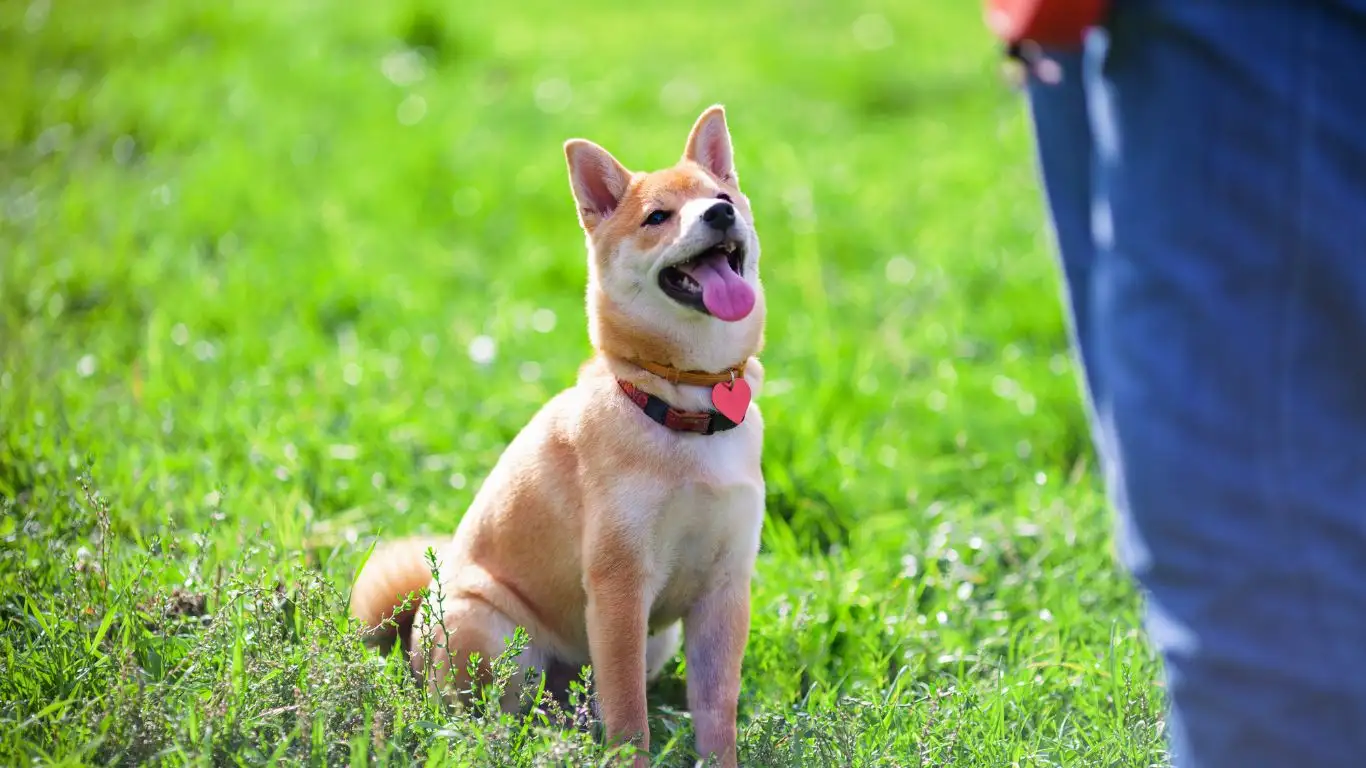
3. Gradual Introduction to Wearing the Costume
Once your dog seems comfortable with the costume itself, it’s time to start introducing it in short bursts. Begin by gently placing the costume near your dog and allowing them to get used to the sensation of wearing it, without fully putting it on them. If the costume is something that goes over their head or body, start with just one piece, such as the headpiece or a small section of the costume, and leave the rest off.
The key here is to take things slowly. You want your dog to associate wearing the costume with positive experiences, so avoid pushing them too far, too quickly. If your dog is initially hesitant or starts to show signs of stress, like panting or trying to wriggle out of the costume, stop and give them a break. You can try again later, but remember to always keep things low-stress. Patience is your best friend when it comes to training.
Rewarding Positive Behavior
Throughout the process, be sure to reward your dog for any signs of tolerance or positive behavior. Every time your dog allows you to put on a part of the costume, reward them with a treat, verbal praise, or playtime. This helps your dog make the connection between wearing the costume and receiving something enjoyable in return.
4. Gradual Increase in Time
As your dog becomes more comfortable with the costume, you can gradually increase the time they wear it. Start by letting them wear the costume for just a few seconds, and then slowly extend the duration over time. Make sure to monitor their behavior closely. If they seem overly stressed or uncomfortable, it’s important to give them a break and try again later. The goal is for your dog to associate wearing the costume with positive experiences, so don’t rush the process.
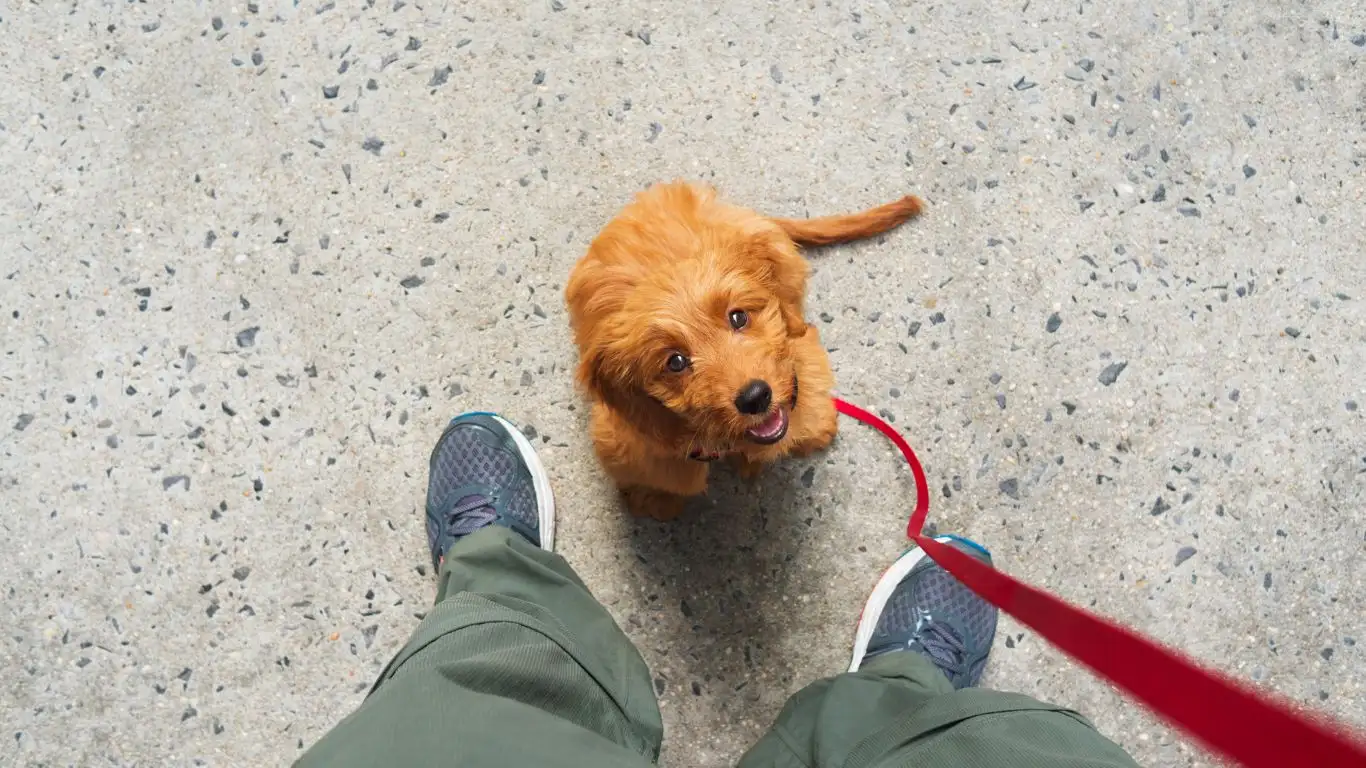
5. Desensitizing to Movement
Once your dog is comfortable with the costume itself, the next step is to desensitize them to the sensation of moving while wearing it. Some dogs may be fine with standing still in a costume but may become uncomfortable when they start to move. This is especially true if the costume has any parts that flap or drag on the ground.
Start by encouraging your dog to move around in the costume in a safe, enclosed area. Keep the training sessions short and fun, and be sure to reward them for walking, running, or playing while wearing the costume. Over time, your dog will become more accustomed to the sensation of movement in the costume, making them more comfortable and confident when wearing it for longer periods of time.

Conclusion
Training your dog to tolerate wearing a costume takes time, patience, and positive reinforcement. By following these steps and gradually acclimating your dog to the experience, you’ll be well on your way to having a happy, costumed canine companion. Remember, every dog is different, so be sure to adjust your approach based on your dog’s unique personality and comfort level. With the right mindset and a little creativity, you’ll both be able to enjoy the fun of dressing up your dog in no time.
Common Challenges and How to Overcome Them
Even with the best intentions and a solid training plan, it’s likely you’ll encounter a few challenges along the way. It’s important to remember that every dog is different, and some may take more time to adjust than others. As a Canine-Assisted Therapy Trainer, I’ve worked with many dogs who had their own set of hurdles to overcome. But don’t worry—most issues can be worked through with patience, persistence, and a little creativity.
Dealing with Anxiety or Fear
If your dog seems particularly anxious or fearful when introduced to a costume, this can be one of the toughest challenges to overcome. Some dogs may have a natural aversion to wearing anything that alters their appearance, and this can lead to signs of anxiety such as panting, drooling, shaking, or trying to escape the costume. In my experience, dogs that show these behaviors may need extra time to become comfortable with the idea.
One of the best ways to address fear or anxiety is through gradual desensitization. Start by allowing your dog to see the costume from a distance and reward them with treats or praise for any calm behavior. Over time, you can slowly move the costume closer to them, always rewarding positive reactions. If at any point your dog becomes overwhelmed, take a step back and give them more time to adjust. Remember, this isn’t a race. The goal is to make the experience as stress-free as possible.
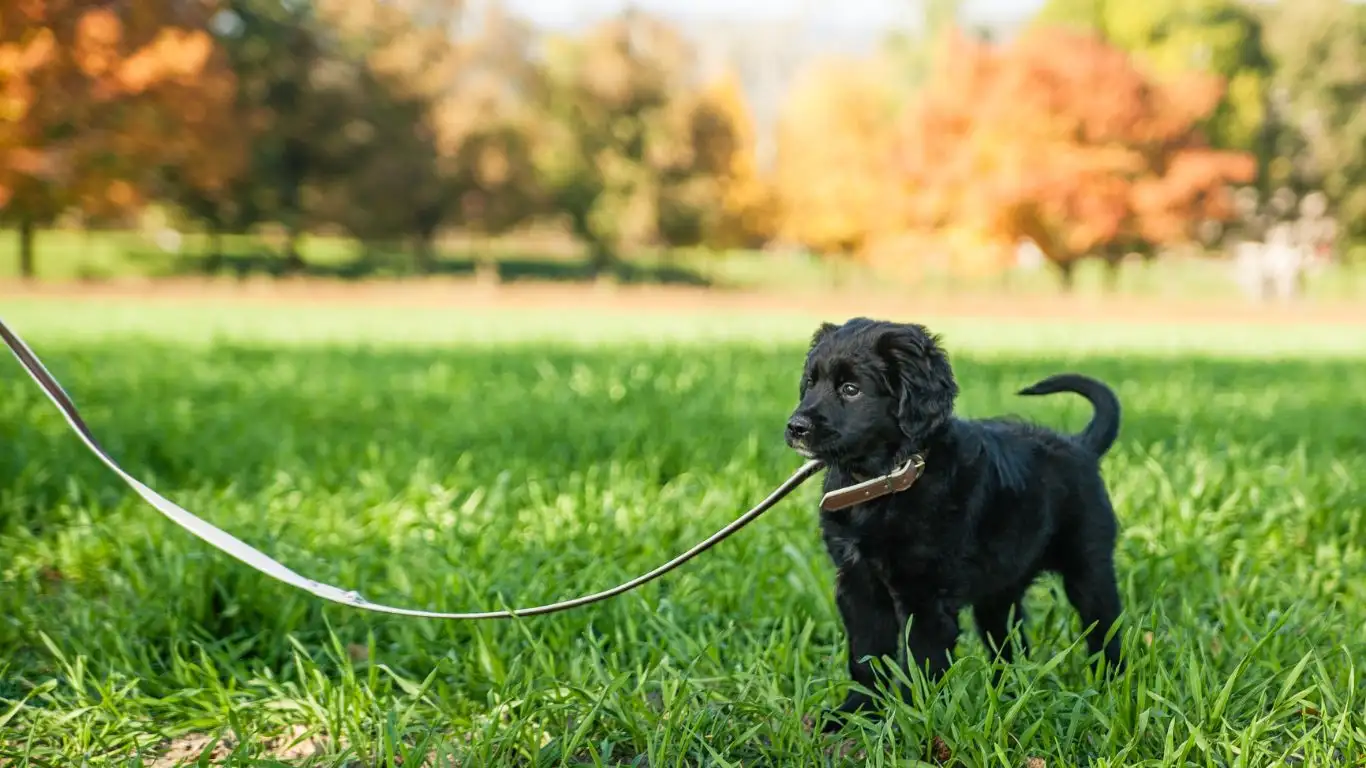
Resistance to Wearing the Costume
Another common issue is resistance to actually wearing the costume. Some dogs might not mind the sight or smell of the costume, but they’ll refuse to let you put it on them. This is particularly common with costumes that require slipping over the head or legs. To overcome this, try breaking the task into smaller steps. Instead of putting the entire costume on in one go, first introduce the individual pieces one at a time.
For example, if the costume has a hat or headpiece, begin by placing it on your dog’s head for just a few seconds, then remove it and reward them. Gradually increase the time they wear the piece, and eventually work up to the full costume. By breaking the process into small, manageable chunks, you make it easier for your dog to accept each part without feeling overwhelmed.
Finding the Right Balance Between Positive Reinforcement and Patience
Throughout this process, it’s essential to strike the right balance between positive reinforcement and patience. Dogs are incredibly responsive to rewards, and using treats, praise, and playtime during training can really help build positive associations with the costume. However, you also need to allow your dog time to process the experience and adjust at their own pace.
In my experience, it’s often tempting to rush through the process to get to the “fun part”—seeing your dog in their adorable costume. But pushing them too fast can backfire. Instead, remember that the journey is just as important as the destination. If you show your dog that they are safe, comfortable, and not being forced into a costume, they will eventually become more open to the idea. Small steps and consistent positive reinforcement will lead to long-term success.
Introducing Costume Training into Everyday Life
Now that your dog has become accustomed to wearing the costume in short bursts, it’s time to integrate costume-wearing into your daily routine. The goal is to make costumes a part of normal life rather than something that only appears on special occasions. This doesn’t mean you need to have your dog wear a costume every day, but allowing them to experience costumes regularly in a relaxed environment will help solidify their comfort level.
Make It Part of Playtime
One great way to introduce costumes into your dog’s routine is to make it part of playtime. Instead of immediately dressing your dog up for a formal event or holiday, try incorporating the costume into a fun activity that they enjoy. You can start by having your dog wear the costume during a game of fetch, tug-of-war, or another interactive activity that they love. This helps them associate the costume with fun and excitement rather than just a stressful or unfamiliar experience.
Another technique that works well is using costumes during training sessions. If you’re working on basic obedience or trick training, try putting your dog in a simple costume during the session. Rewarding them with treats and praise while in the costume reinforces the idea that wearing the outfit doesn’t interfere with their ability to perform tasks or have fun. I’ve found that incorporating costumes into a dog’s everyday life like this makes it feel like just another normal part of their routine.
Costume Training for Special Occasions
As your dog becomes more comfortable with wearing costumes, you can start preparing them for special occasions such as holidays, parties, or family events. It’s important to continue with short, low-stress training sessions leading up to these occasions. I always suggest practicing the costume-wearing for a few minutes each day, gradually increasing the time as your dog adjusts. This ensures that by the time the big day arrives, your dog will be well-prepared and confident in their costume.
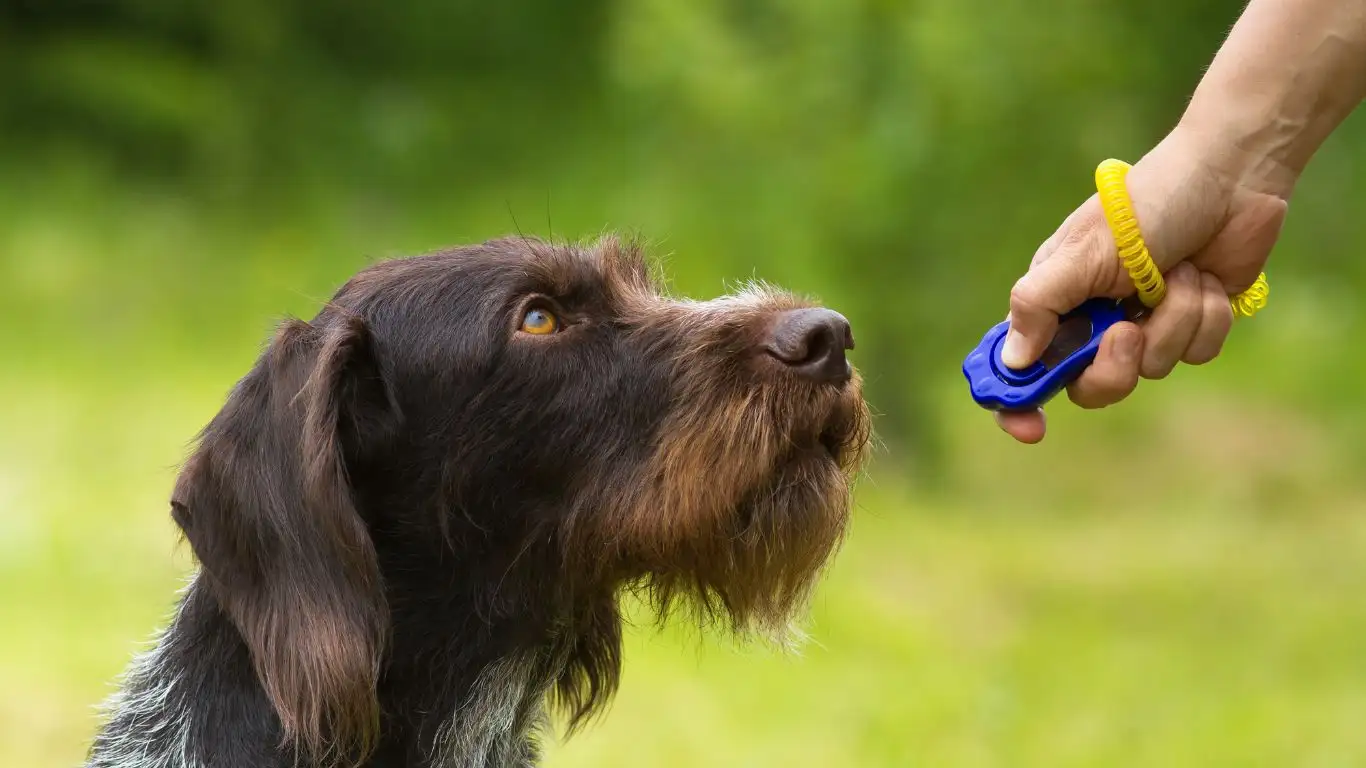
Safety Considerations When Dressing Your Dog
While training your dog to tolerate wearing a costume is fun, safety should always be a top priority. As a Canine-Assisted Therapy Trainer, I’ve always made it a point to ensure that any costume my dog wears is both safe and comfortable. Some costumes may look adorable, but they can pose safety risks if they’re too tight, have small parts that could be chewed off, or are made from materials that can cause discomfort.
Choose Comfortable and Safe Materials
When selecting a costume, always opt for soft, lightweight materials that won’t irritate your dog’s skin or restrict their movement. Avoid costumes that are too tight or have elastic bands that could cause chafing or discomfort. If the costume has accessories like hats or wings, make sure they’re securely attached and won’t fall off during play or movement.
Additionally, always check the costume for any potential hazards, such as small buttons, beads, or other parts that could be chewed off or ingested by your dog. You want the experience to be fun and safe, so make sure your dog is comfortable in their outfit and can move around freely without any risk of injury.
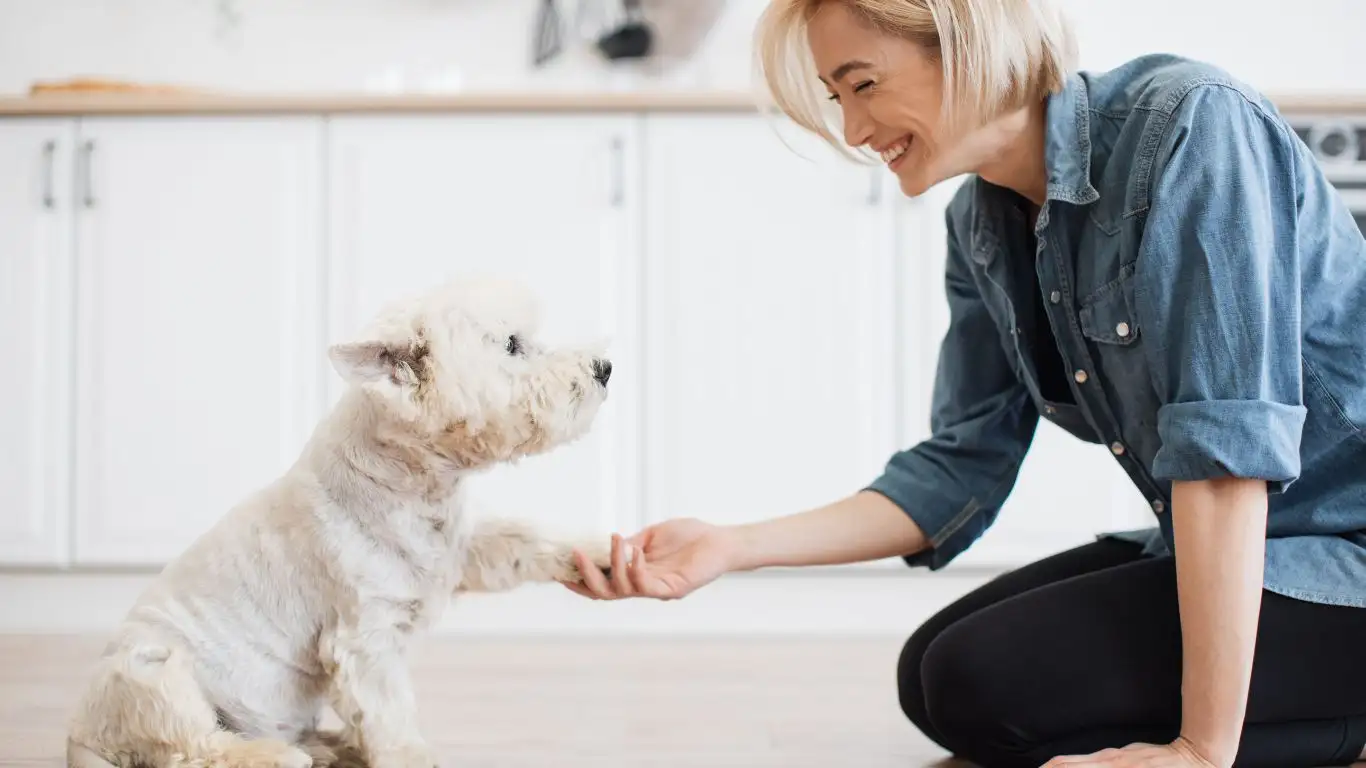
How to Maintain Your Dog’s Comfort and Happiness While Wearing a Costume
Now that your dog has mastered the art of wearing a costume, the next step is maintaining their comfort and happiness while they’re dressed up. After all, you don’t want your dog to feel restricted or stressed, especially if they’re wearing a costume for a longer period of time. As a Canine-Assisted Therapy Trainer, I’ve worked with dogs in all sorts of situations, and it’s important to always prioritize their well-being while still having fun. Let’s dive into how to ensure your dog stays comfortable and happy while in costume!
Keep Playtime a Priority
One of the easiest ways to maintain your dog’s comfort when they’re in a costume is by keeping playtime a regular part of the routine. Playtime isn’t just about fun; it’s also a great way for your dog to burn off energy, stay engaged, and feel relaxed. When your dog is enjoying a game of fetch or tug-of-war, they won’t be focused on the costume, but instead on the interaction with you or their favorite toy. Over time, your dog will associate wearing the costume with positive experiences and play, helping to create a strong bond between you and your pet.
One thing I’ve found helpful is making sure your dog has a variety of play options while in costume. If they’re comfortable in the outfit, they’ll be much more willing to run, jump, and chase, which not only makes them feel good but also helps them associate wearing the costume with energy and movement. Plus, regular playtime helps reduce any stress or anxiety that might arise from wearing the outfit.

Monitor Your Dog’s Behavior
Even when your dog seems comfortable in a costume, it’s important to keep an eye on their behavior. Every dog is different, and some may become overwhelmed or frustrated after wearing a costume for a while. If you notice signs of discomfort, like excessive panting, drooling, or attempts to take the costume off, it’s time to take a break and reassess. Give them some downtime without the costume, and don’t push them past their comfort zone. It’s always better to stop a session early than to force them into a situation that causes stress.
As a therapy trainer, I’ve seen firsthand how dogs communicate their discomfort. Subtle signs, such as licking their lips or pawing at their costume, can be red flags that they’re not enjoying the experience. It’s crucial to respond to these signals and give your dog the freedom to relax and remove the costume if necessary. Keeping the experience fun and stress-free will help maintain a positive association with wearing costumes.
When to Take the Costume Off
Knowing when to take the costume off your dog is just as important as knowing when to put it on. While some dogs are happy to wear their costumes for extended periods of time, others may find it uncomfortable after just a few minutes. As a rule of thumb, never leave a costume on your dog for longer than they can tolerate. If your dog shows any signs of distress or discomfort, it’s time to remove the outfit. Watch for behaviors like trying to remove the costume themselves, excessive scratching, or any signs of injury such as chafing or redness around their neck or underarms.
Taking the costume off before it becomes an issue helps reinforce the idea that wearing the outfit can be fun, but it’s not something they have to do for long stretches. Always reward your dog after a successful costume-wearing session, whether it was for five minutes or an hour. This ensures that they leave the experience on a positive note and are more likely to tolerate wearing the costume in the future.
References
For additional resources and expert advice on dog behavior and training, I recommend checking out the following websites:
- American Kennel Club (AKC) – Provides valuable resources for dog owners and trainers.
- PetMD – Offers health advice for pets, including how to ensure their safety and comfort.
- National Institutes of Health (NIH) – Features research and information on animal behavior and health.
- Health.com – Includes articles on pet health, wellness, and behavioral tips.
Disclaimer
The content of this article is for informational purposes only and should not be considered as a substitute for professional veterinary advice or training. Always consult with a licensed veterinarian or certified dog trainer before introducing a costume or engaging in any new training methods. Each dog is unique, and what works for one may not be suitable for another. By following the tips in this article, you acknowledge that you are doing so at your own risk and responsibility for the well-being of your dog.
Training your dog to tolerate wearing a costume can be a fun and rewarding experience, but it requires patience, understanding, and a lot of positive reinforcement. Keep the sessions short, enjoyable, and stress-free, and your dog will soon associate costumes with fun and play rather than discomfort. By following the steps in this article and taking a gradual approach, you can help your dog enjoy the process and make the most out of dressing them up.
